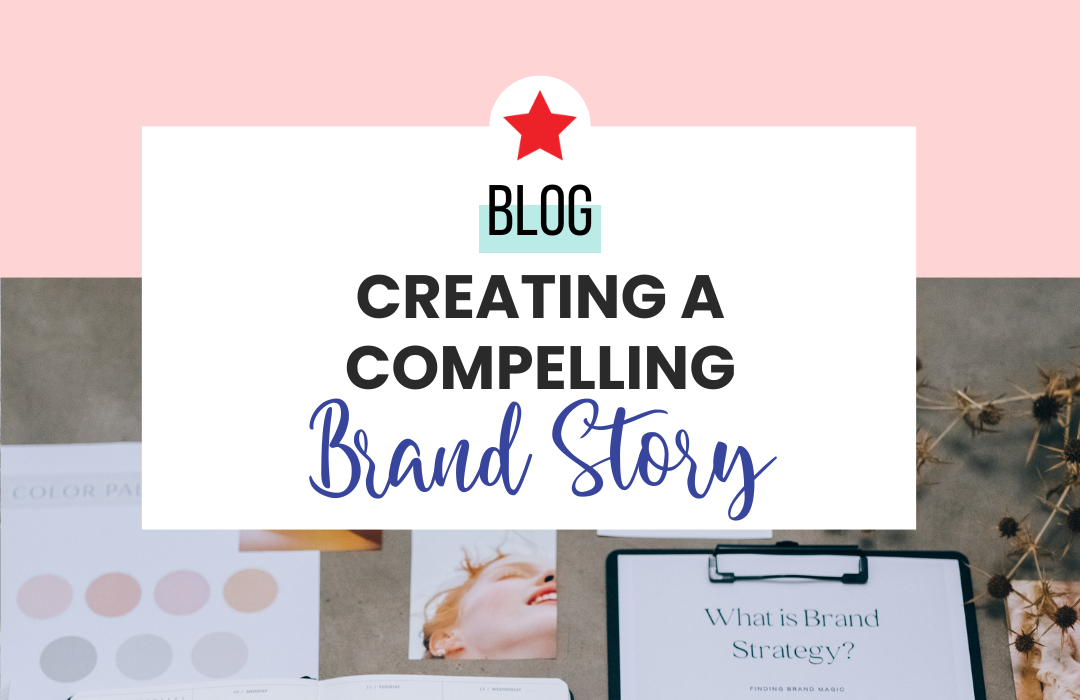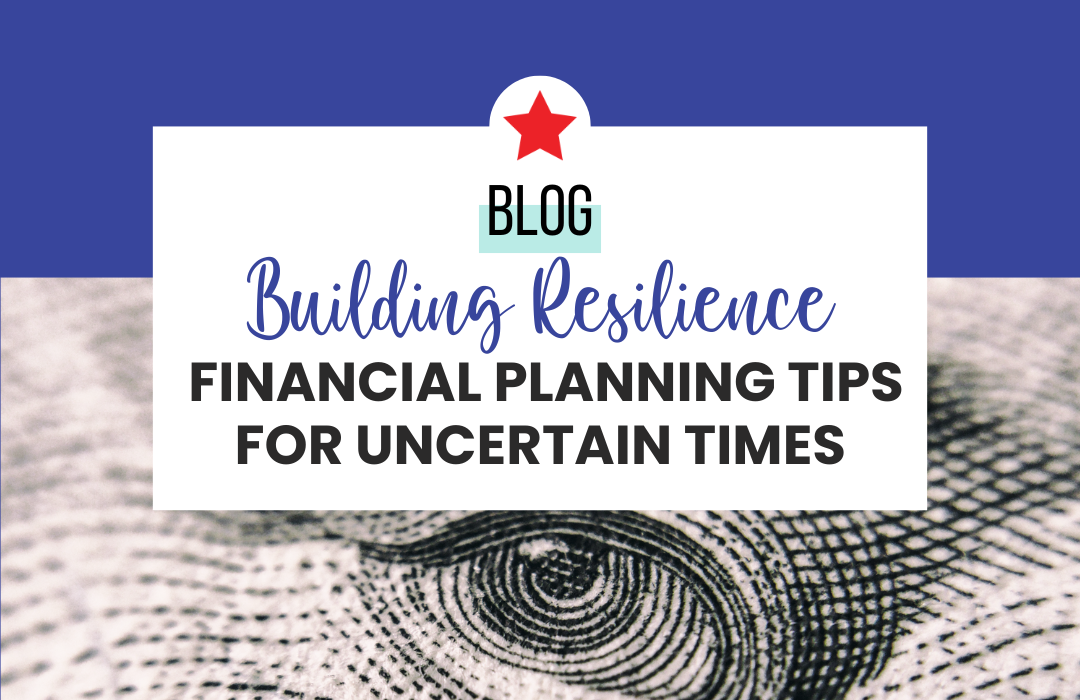[et_pb_section fb_built=”1″ _builder_version=”3.22″ global_colors_info=”{}”][et_pb_row _builder_version=”3.25″ background_size=”initial” background_position=”top_left” background_repeat=”repeat” global_colors_info=”{}”][et_pb_column type=”4_4″ _builder_version=”3.25″ custom_padding=”|||” global_colors_info=”{}” custom_padding__hover=”|||”][et_pb_text _builder_version=”3.27.4″ background_size=”initial” background_position=”top_left” background_repeat=”repeat” global_colors_info=”{}”]
In the crowded marketplace of today, a compelling brand story isn’t just a nice-to-have—it’s a crucial part of a successful marketing strategy. A well-crafted brand story not only differentiates you from the competition but also connects emotionally with your audience, builds loyalty, and drives sales. This 1000-word guide will walk you through the steps of crafting a brand story that resonates with your customers and brings your brand to life.
What is a Brand Story?
A brand story is more than a narrative or a timeline of events; it’s the complete picture of what your business represents. It includes your origins, your mission, your challenges, and your successes. It’s about where you’ve come from and where you’re going, tied together by a consistent theme that embodies your values and mission. This story isn’t just told in words; it’s reflected in every part of your business—from your product design to your customer service to your marketing materials.
Why is a Brand Story Important?
A compelling brand story:
- Engages emotions: People connect more deeply with stories than with facts alone. A good story can make your brand more relatable and memorable.
- Builds loyalty: A story that resonates can transform customers into advocates, leading to stronger customer loyalty and referrals.
- Differentiates your brand: In a competitive market, a unique story can set you apart from the crowd and highlight your unique selling proposition.
How to Craft Your Brand Story
1. Define Your Core Elements
Before you can tell your story, you need to understand the core elements that define your brand. These include your mission (why your company exists), your vision (what you aim to achieve), and your values (the principles that guide your company). These elements are the foundation of your story.
Action Steps:
- Workshop your core elements with your team to ensure alignment and clarity.
- Write a mission statement that succinctly captures your purpose.
- Outline your vision for the future of your business.
2. Understand Your Audience
A compelling brand story speaks directly to its intended audience. Knowing who your audience is, what they value, and what their pain points are, can help you craft a story that appeals directly to their interests and needs.
Action Steps:
- Create detailed buyer personas: Include demographic information, interests, challenges, and goals.
- Use data and feedback to understand the problems your customers face and how your products or services solve them.
3. Map Out Your Brand’s Journey
Your brand’s journey includes its history, milestones, challenges, and successes. This narrative should be authentic and transparent, highlighting real experiences that shaped your business.
Action Steps:
- Timeline key events in your company’s history that are significant to where your brand is today.
- Identify challenges and solutions along the way that showcase your resilience and innovation.
4. Incorporate Storytelling Elements
Like any good story, your brand story should have a clear structure: a beginning, a middle, and an end. It should have characters, a setting, conflict, and resolution. In your brand’s story, your customer can also be the hero, with your brand playing a supporting role to help them overcome their challenges.
Action Steps:
- Craft a narrative that is easy to follow and includes a clear conflict and resolution.
- Focus on the emotional aspects of your story. How did the challenges make you feel? How did the successes bring joy?
5. Be Authentic and Transparent
Authenticity is key in storytelling. Your audience can tell when a story is not genuine, and a disingenuous story can do more harm than good. Be honest and transparent about your business, even when it involves admitting vulnerabilities or past mistakes.
Action Steps:
- Share behind-the-scenes content that shows the real people and efforts behind your brand.
- Communicate your failures and learnings as part of your growth process.
6. Use Multiple Channels to Tell Your Story
A brand story isn’t confined to just one medium. It should be integrated into all your communication, from your website to social media to packaging.
Action Steps:
- Consistently weave your story across all platforms.
- Use visuals and videos to enhance your narrative and make it more engaging.
7. Keep Your Story Evolving
As your business grows, so should your story. Keep it updated with new challenges, solutions, and successes that continue to define your brand.
Action Steps:
- Regularly review and update your story to reflect the current state of your business.
- Involve your audience in your story by encouraging them to share their own experiences with your brand.
Creating a compelling brand story is a powerful way to connect with your audience on an emotional level, differentiate your brand, and build loyalty. By defining your core elements, understanding your audience, and using effective storytelling techniques, you can craft a brand story that not only tells your audience who you are but also why they should care. Remember, the best brand stories are those that are true, engaging, and continually evolving just like your business.
[/et_pb_text][/et_pb_column][/et_pb_row][et_pb_row column_structure=”1_2,1_2″ _builder_version=”4.13.0″ _module_preset=”default” global_colors_info=”{}”][et_pb_column type=”1_2″ _builder_version=”4.13.0″ _module_preset=”default” global_colors_info=”{}”][et_pb_image src=”https://sparkbusinessconsulting.com/wp-content/uploads/2024/10/Oct-1-Pin-Blog-Templatete-1.png” title_text=”Oct #1 Pin Blog Templatete (1)” _builder_version=”4.13.0″ _module_preset=”default” global_colors_info=”{}”][/et_pb_image][/et_pb_column][et_pb_column type=”1_2″ _builder_version=”4.13.0″ _module_preset=”default” global_colors_info=”{}”][et_pb_image src=”https://sparkbusinessconsulting.com/wp-content/uploads/2024/10/Oct-2-PIN-Quote-White.png” title_text=”Oct #2 PIN Quote-White” _builder_version=”4.13.0″ _module_preset=”default” global_colors_info=”{}”][/et_pb_image][/et_pb_column][/et_pb_row][et_pb_row _builder_version=”4.13.0″ _module_preset=”default” global_colors_info=”{}”][et_pb_column type=”4_4″ _builder_version=”4.13.0″ _module_preset=”default” global_colors_info=”{}”][et_pb_code _builder_version=”4.13.0″ _module_preset=”default” global_colors_info=”{}”]
[/et_pb_code][/et_pb_column][/et_pb_row][et_pb_row _builder_version=”4.13.0″ _module_preset=”default” global_colors_info=”{}”][et_pb_column type=”4_4″ _builder_version=”4.13.0″ _module_preset=”default” global_colors_info=”{}”][et_pb_post_slider include_categories=”current” _builder_version=”4.13.0″ _module_preset=”default” global_colors_info=”{}”][/et_pb_post_slider][/et_pb_column][/et_pb_row][/et_pb_section]











